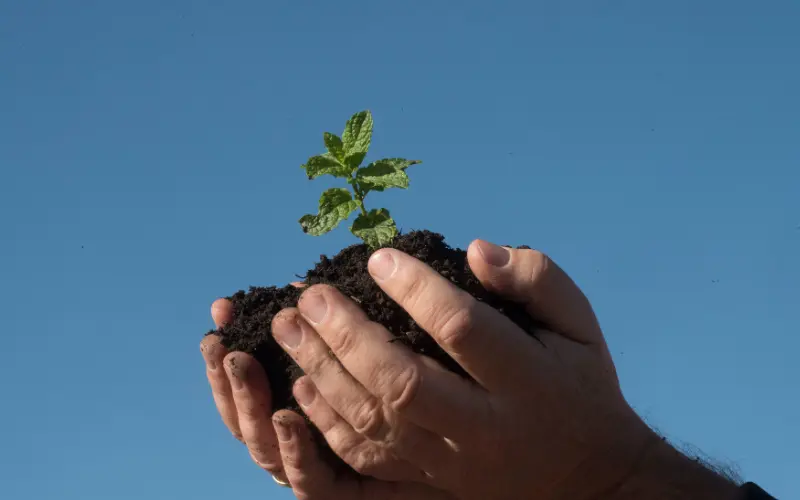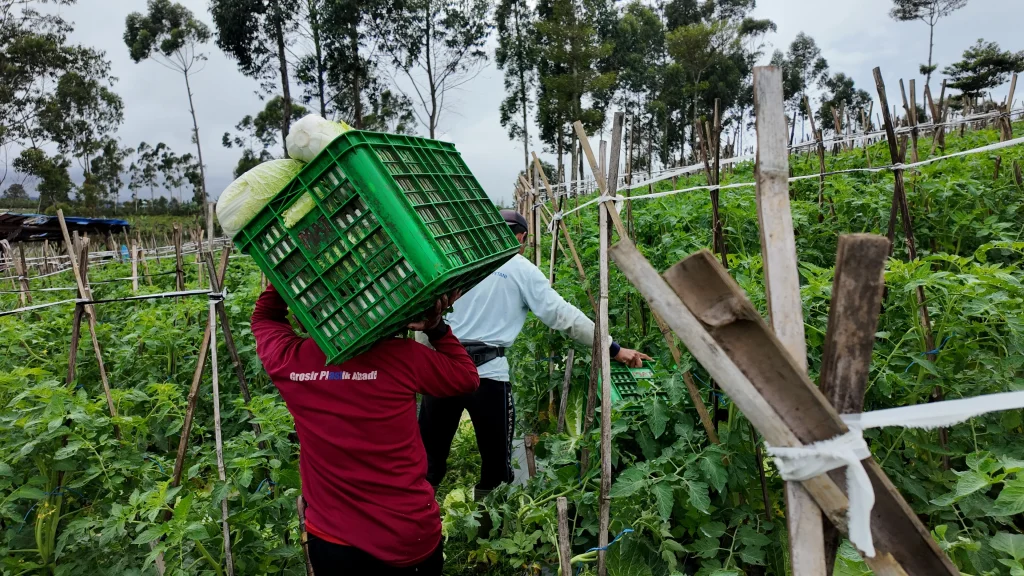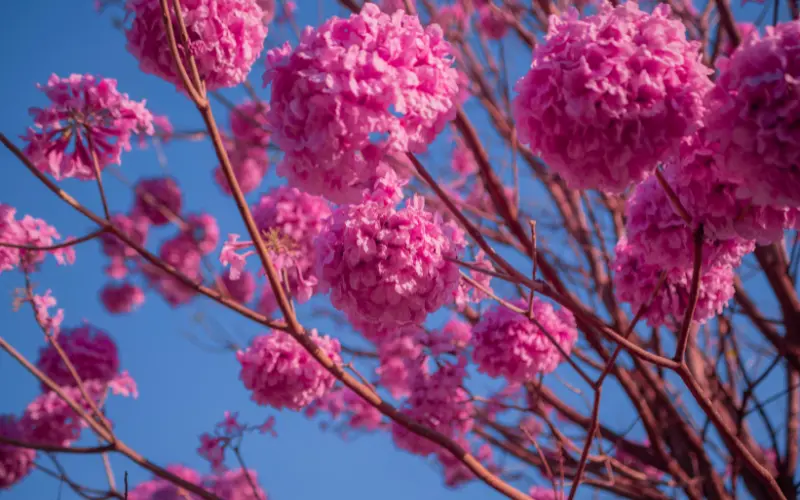As a tropical agrarian country, Indonesia is home to many types of soil, each with unique characteristics. The differences in soil types significantly affect the ecosystem and determine what plants can thrive there.
In fact, some types of soil are completely unsuitable for plant growth. So, how about the soil in Indonesia? Here’s a detailed explanation from kebunindo.
Definition of Soil
Before exploring its types, let’s first understand what soil is.
Soil is the Earth’s outer layer where natural materials such as minerals, water, organisms, and other organic substances mix together.
Soil conditions support plant life, with its porous nature providing an ideal medium for root growth.
Types of Soil Found in Indonesia
Indonesia features a variety of soil types, each with distinct characteristics. Here’s an overview:
1. Latosol Soil

Latosol is characterized by its red, yellowish, or brownish color. Its texture tends to be quite clay-like, with a pH ranging from 4.5 to 6.5 (acidic to slightly acidic).
This soil type is found in areas such as West Sumatra, Lampung, West Java, Central Java, East Java, Bali, Central Kalimantan, South Kalimantan, and Papua. However, its fertility is relatively low.
Suitable plants: rice, secondary crops, vegetables, rubber, cloves, and cocoa.
2. Alluvial Soil

Alluvial soil is fertile and has a light gray or brown color. It absorbs water well due to its high mineral content.
This soil is formed from river silt deposited in lowland areas. Its pH ranges from 5.3 to 5.8. When wet, alluvial soil tends to be sticky.
It is commonly found in Karawang, Indramayu, the Brantas Delta, Gresik, Tegal, and Indramayu.
Suitable plants: vegetables, rice, corn, and fruits.
Also Read: Check out 6 Benefits of Lavender Flowers: Beauty is the Epitome of Elegance
3. Volcanic Soil (Andosol)

Volcanic soil originates from volcanic eruptions. Initially barren after an eruption, it gradually accumulates minerals and nutrients over time.
It is dark, almost black, loose, and highly fertile. Its pH ranges between 4 and 7, making it a favorable planting medium.
With Indonesia’s numerous volcanoes, volcanic soil is widely distributed across the country and rich in nutrients.
Suitable plants: vegetables, fruits, ornamental plants, coffee, and tea.
4. Peat Soil (Organosol)

Peat soil forms from organic materials derived from peat or swamps.
This type of soil is typically found in high-rainfall areas with over 5,000 mm of annual precipitation.
In Indonesia, peat soil is located in southern Kalimantan, the west and east coasts of Sumatra, and southern Papua.
Suitable plants: rubber, oil palm, secondary crops.
5. Limestone Soil

As the name suggests, limestone soil contains a high proportion of limestone, formed through the weathering of limestone rocks.
It has low fertility due to its minimal nutrient content and appears light brown, yellow, or white.
Limestone soil tends to be dry, making it difficult for vegetation to grow. It is commonly found in arid regions, such as Mount Kidul, Yogyakarta.
Suitable plants: teak, secondary crops, savanna, and steppe vegetation.
6. Gray Hydromorphic Soil

This soil type results from the weathering of acidic volcanic tuff and sandstone. It is found in areas with more than 2,000 mm of annual rainfall.
Gray hydromorphic soil has moderate to low productivity and is prone to erosion. It is often used as raw material for bricks and roof tiles.
Suitable plants: rice paddies and secondary crops.
7. Clay Soil

Clay soil is commonly used as the main material for roof tiles or pottery. It is plastic in nature, meaning it is easy to shape but brittle under heavy pressure.
Its mineral particles are less than 5 micrometers in diameter. When wet, clay soil expands, and when dry, it shrinks, sometimes cracking under extreme dryness.
Suitable plants: agriculture and ornamental plants.
8. Humus Soil

Humus soil forms from the decomposition of organic matter by microorganisms. It retains water and nutrients well, making it fertile.
This soil is ideal for enriching gardens or farms and is often found in tropical rainforests with decaying leaves and tree trunks.
You can even create humus soil by mixing regular soil with organic materials like dry leaves or straw.
Suitable plants: vegetables, fruits, and ornamental plants.
These are the 8 types of soil in Indonesia along with the plants that can thrive in them. We hope this information proves useful!




